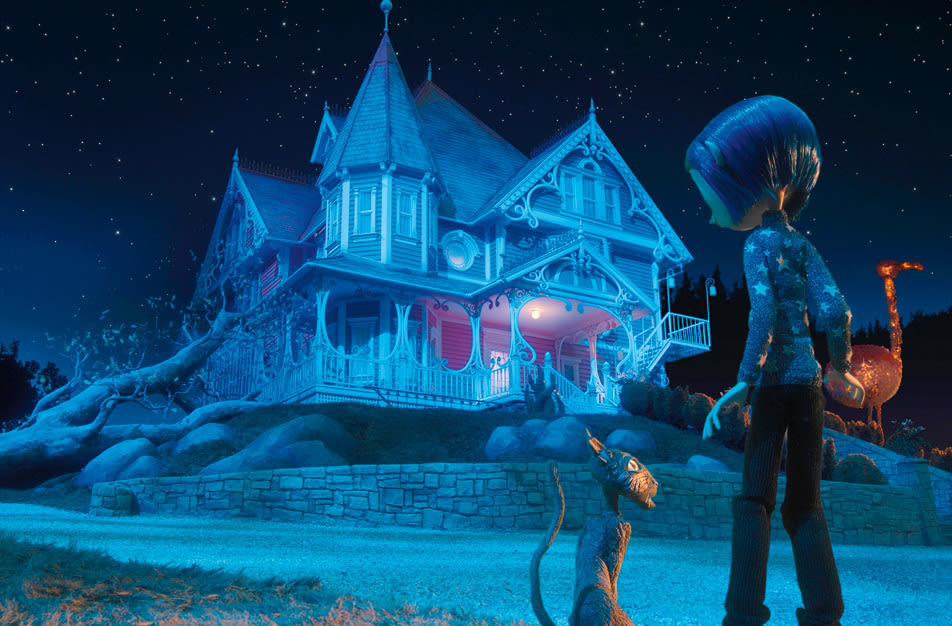Reanimated

Image: Laika
WHEN TRAVIS KNIGHT steps out of a limo and onto the red carpet at this month’s 82nd annual Academy Awards, the popping flashbulbs and red-hot glitz might as well be some sort of cleansing fire.
Last February, Knight unveiled Coraline, the inaugural film produced by Laika, his Hillsboro-based animation studio—in a flood-lit premiere here at the Schnitz. A year later, the dark-humored little girl and her button-eyed family have become an international smash, earning more than $121 million at the box office. The film also garnered a slew of award nominations, including more Annie Award nods—the animation world’s equivalent of the Oscars—than any other film. And if Coraline upsets Pixar’s Up for the Best Animated Feature Oscar on March 7, it would cap a helluva first year for the studio.
Despite the laurels, Laika’s meteoric rise has been anything but easy. Last year, Knight, the company’s CEO, laid off nearly a third of his 238 employees and scaled back Laika’s computer animation division. And in October, when his contract expired, Coraline director Henry Selick also left the company. “We’ve had a fair amount of turmoil, but on some level that’s to be expected from a young company,” Knight says. “But in order to develop these emotionally resonant, thematically challenging movies, you have to take risks.”
One such risk is using Coraline’s painstaking stop-motion style of animation for Laika’s next project. Knight remains mum about his sophomore effort, but rumors have included everything from adapting the best-selling book Here Be Monsters! to developing a screenplay by Laika writer Chris Butler about a cursed town saved by a 13-year-old boy. Knight says preproduction has begun, and the two-year filming process is expected to start this summer.
The potential three-year lag time between movies seems risky—especially considering Laika’s stated goal of becoming the epicenter of independent animated filmmaking—but Knight spins any worries he has into adventure.
“It took Pixar three years between their first two films and a decade until they were able to produce a film a year,” he says. “And that was with the backing of one of the biggest media companies on the planet [Disney]. We’re independent, which makes this all both terrifying and exciting.”
Kinda like Coraline.



